
- Ugly sites outperform beautiful ones
- To make our sites uglier
- Pretty pages suck
- Ugly products sell better
- Food manufacturers used beautiful designs to create iconic brands. These designs helped them sell more products at a time when competition was brutal and fierce. Case in point? Coca-Cola. Coca-Cola has always had stiff competition, but it’s their iconic bottle design that helped them come out on top.
- People buy more from design-driven companies. The good news? Research shows Design-driven companies outperform the S&P by 228% over 10 years. The bad news is that out of a pool of 75 publicly traded U.S. companies, only 15 meet the criteria to be considered design-driven
- People form first impressions about websites, people, etc. in 1/10th of a second or 50 milliseconds. This first impression is based entirely on visuals and it utilizes emotion. These snap judgments bypass logical reasoning completely and once made, are incredibly difficult to shake.
- Research shows physically attractive people are viewed as more sociable, dominant, sexually warm, mentally healthy, and intelligent.
- Tangible factors like typography, color, layout, quality, imagery, etc. Things users can see.
- Intangible factors like clarity, ease-of-use, trust, values, credibility, uniqueness, risk, the UX, etc.
- A tangible/intangible conflict
- Design expectations that miss the mark
- Beauty without benefit
1. A Tangible/Intangible Conflict
Have an ugly tub? Bath Magic wants you to make it beautiful with their re-glazing products. On their website they focus on the downsides of an unsightly tub. From their perspective ugly = bad. So why does their website look like this? This is an intangible/tangible conflict. It’s the elephant in the room, the unspoken assumption almost every user will make. You make bathtubs beautiful, why is your website so ugly?
This tangible/intangible conflict increases user resistance. This inconsistency means people are far less likely to buy, read, invest, etc.
This is an intangible/tangible conflict. It’s the elephant in the room, the unspoken assumption almost every user will make. You make bathtubs beautiful, why is your website so ugly?
This tangible/intangible conflict increases user resistance. This inconsistency means people are far less likely to buy, read, invest, etc.
2. Design Expectations That Miss the Mark
Users expect artists to understand design. Users expect an artist’s website to be beautiful, creative and appealing. Most designers would agree. The Visual Arts League decided against creating a beautiful website.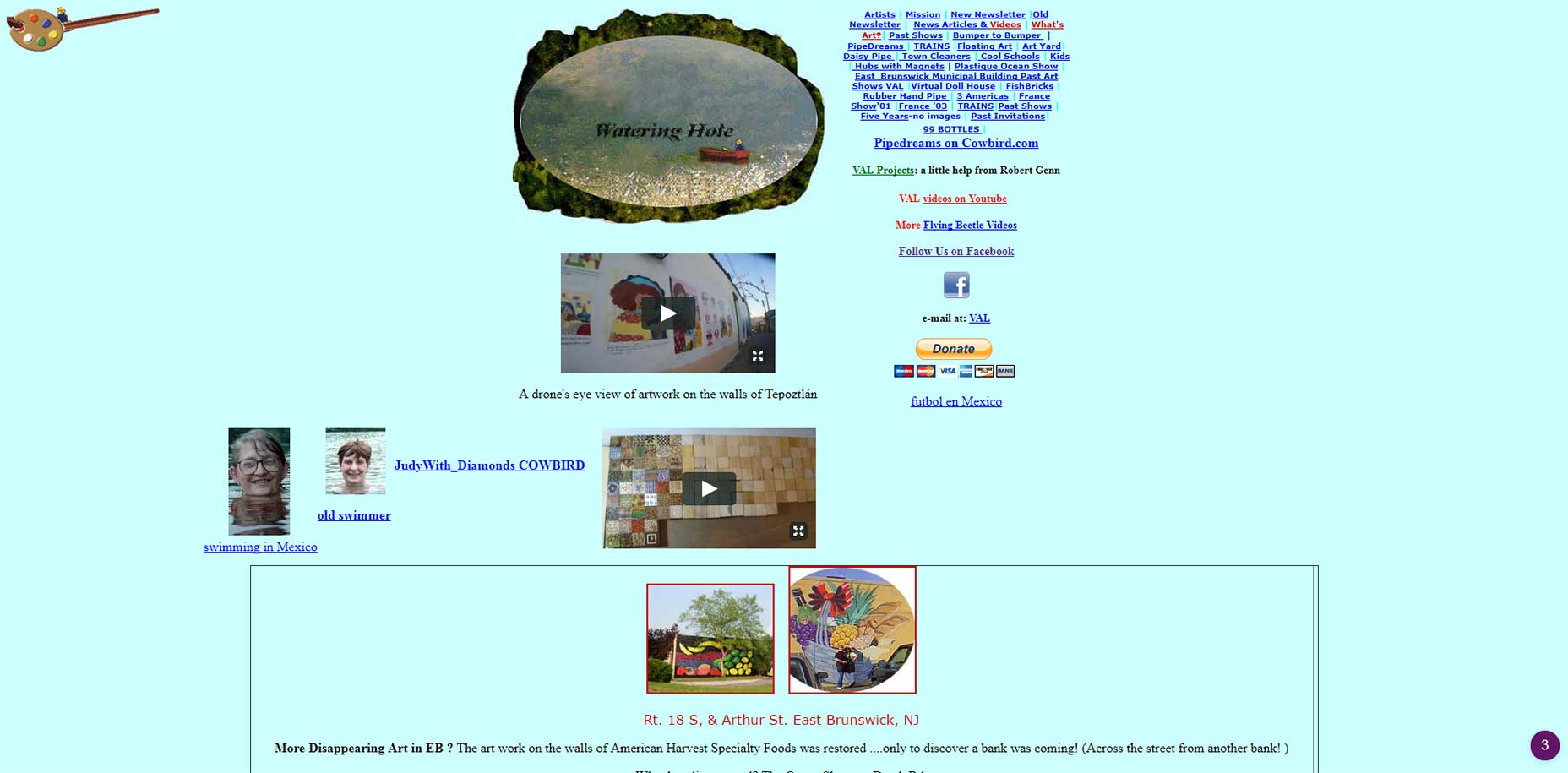 Users who are unfamiliar with their organization find the experience jarring. Aren’t artists supposed to create beautiful, functional things? The site is ugly and it’s difficult to use.
Users who are unfamiliar with their organization find the experience jarring. Aren’t artists supposed to create beautiful, functional things? The site is ugly and it’s difficult to use.
3. Beauty Without Benefit
Take a look at this micro site for Toyota. It’s clear from the design that someone spent a lot of time on this.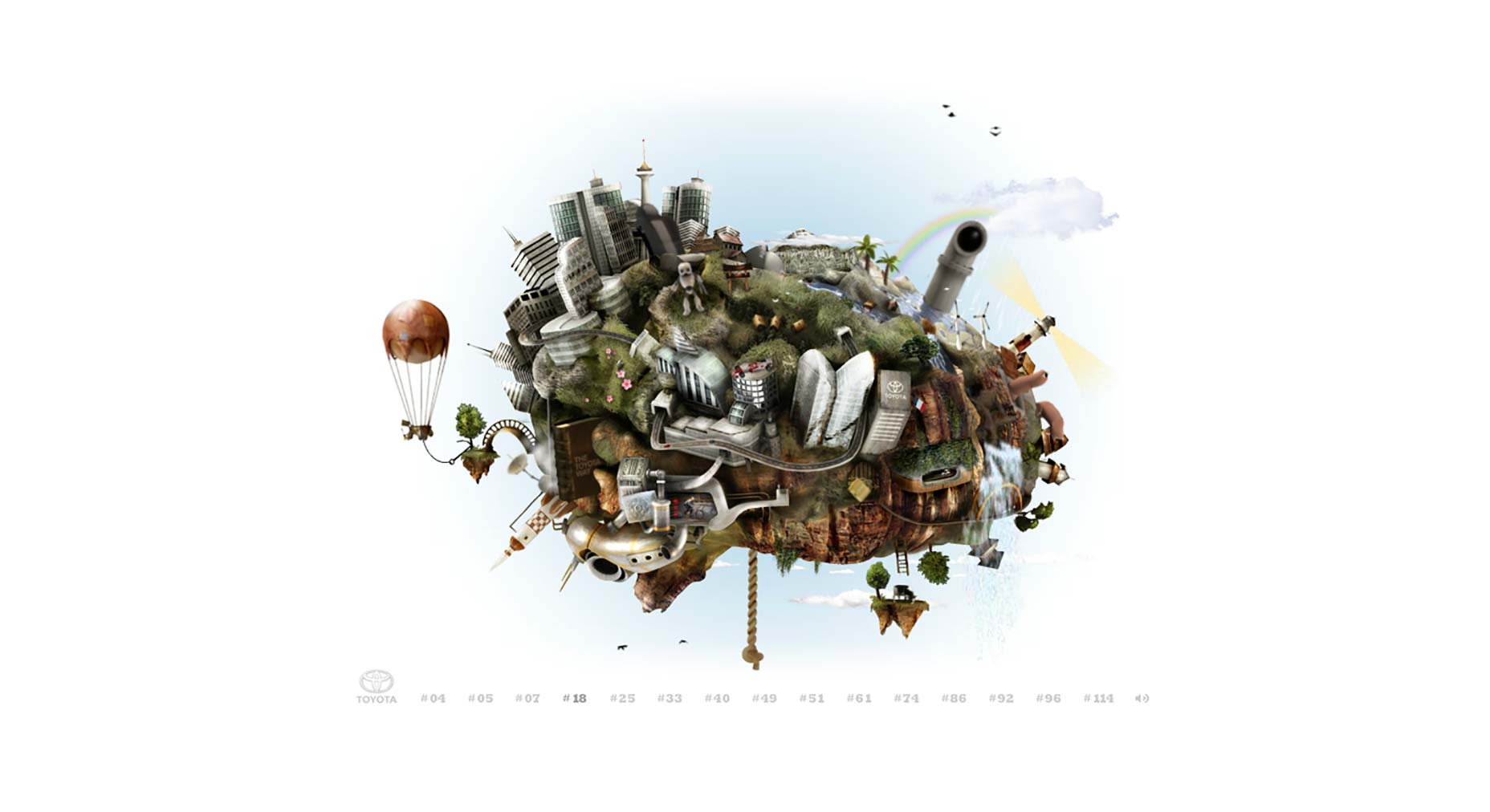 From an artistic standpoint it’s appealing. What’s not clear is what users are supposed to do. Click on any of the details on the screen and a portion of the site animates, but that’s pretty much it.
As far as designs go, it’s difficult to use. There’s no obvious purpose, plan or intention behind it, it’s an art piece.
As far as designs go, these aren’t the only mistakes. This also doesn’t solve our problem. The vast majority of ugly designs are dramatic failures.
From an artistic standpoint it’s appealing. What’s not clear is what users are supposed to do. Click on any of the details on the screen and a portion of the site animates, but that’s pretty much it.
As far as designs go, it’s difficult to use. There’s no obvious purpose, plan or intention behind it, it’s an art piece.
As far as designs go, these aren’t the only mistakes. This also doesn’t solve our problem. The vast majority of ugly designs are dramatic failures.
What About the Ugly Success Stories?
Marketers reference a few ugly websites citing these as proof that “ugly is best.” They swear by these sites and they tell everyone that ugly is more profitable.Craigslist
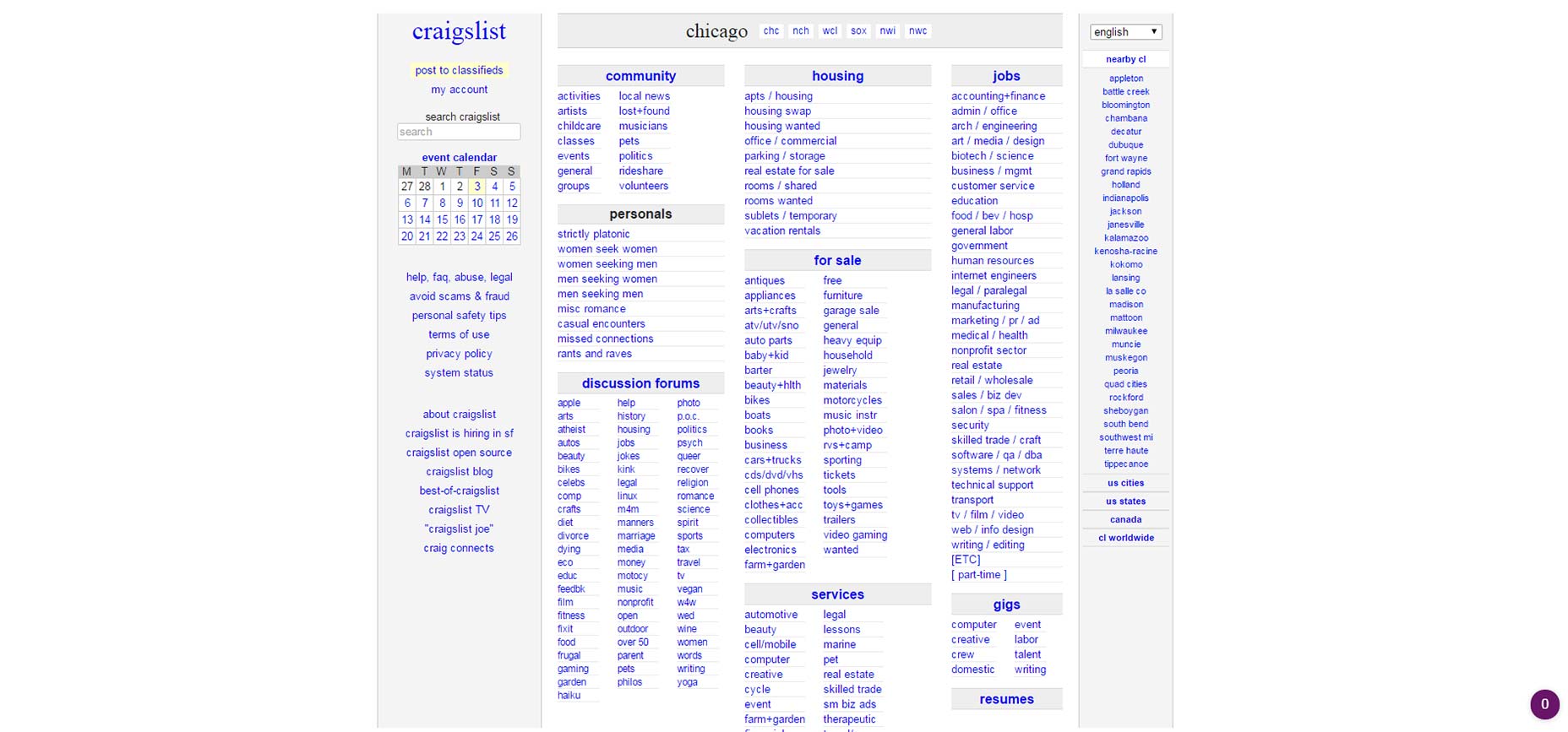 Launched in 1995, Craigslist is viewed by many as the poster boy of the “ugly is best” campaigns. A 2016 estimate listed their annual revenue at 694 million.
Launched in 1995, Craigslist is viewed by many as the poster boy of the “ugly is best” campaigns. A 2016 estimate listed their annual revenue at 694 million.
Drudge Report
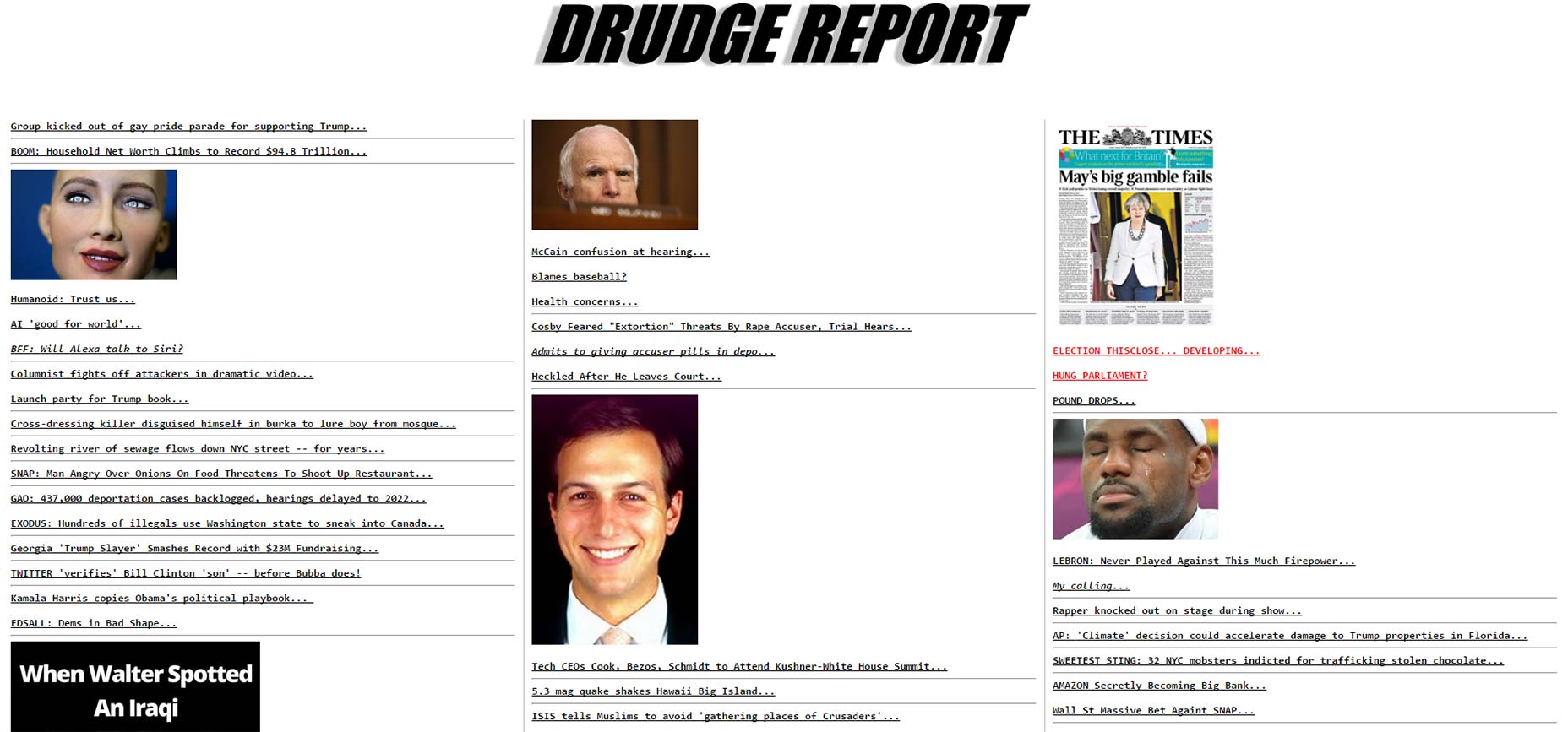 The Drudge report is a one page political site with no onsite “content.” The site is heavy on headlines (links) with a sprinkling of images throughout. The site was also launched in 1995.
Basecamp’s Jason Fried has argued that Drudge Report is one of the best designed sites on the web.
The Drudge report is a one page political site with no onsite “content.” The site is heavy on headlines (links) with a sprinkling of images throughout. The site was also launched in 1995.
Basecamp’s Jason Fried has argued that Drudge Report is one of the best designed sites on the web.
Lingscars.com
Our worst offender comes from Ling Valentine, owner of Lingscars.com, a UK based car dealership. Ling wanted publicity for her website but she didn’t have a sizeable marketing budget. So, she built her business using social media, publicity stunts and a website that looks like this: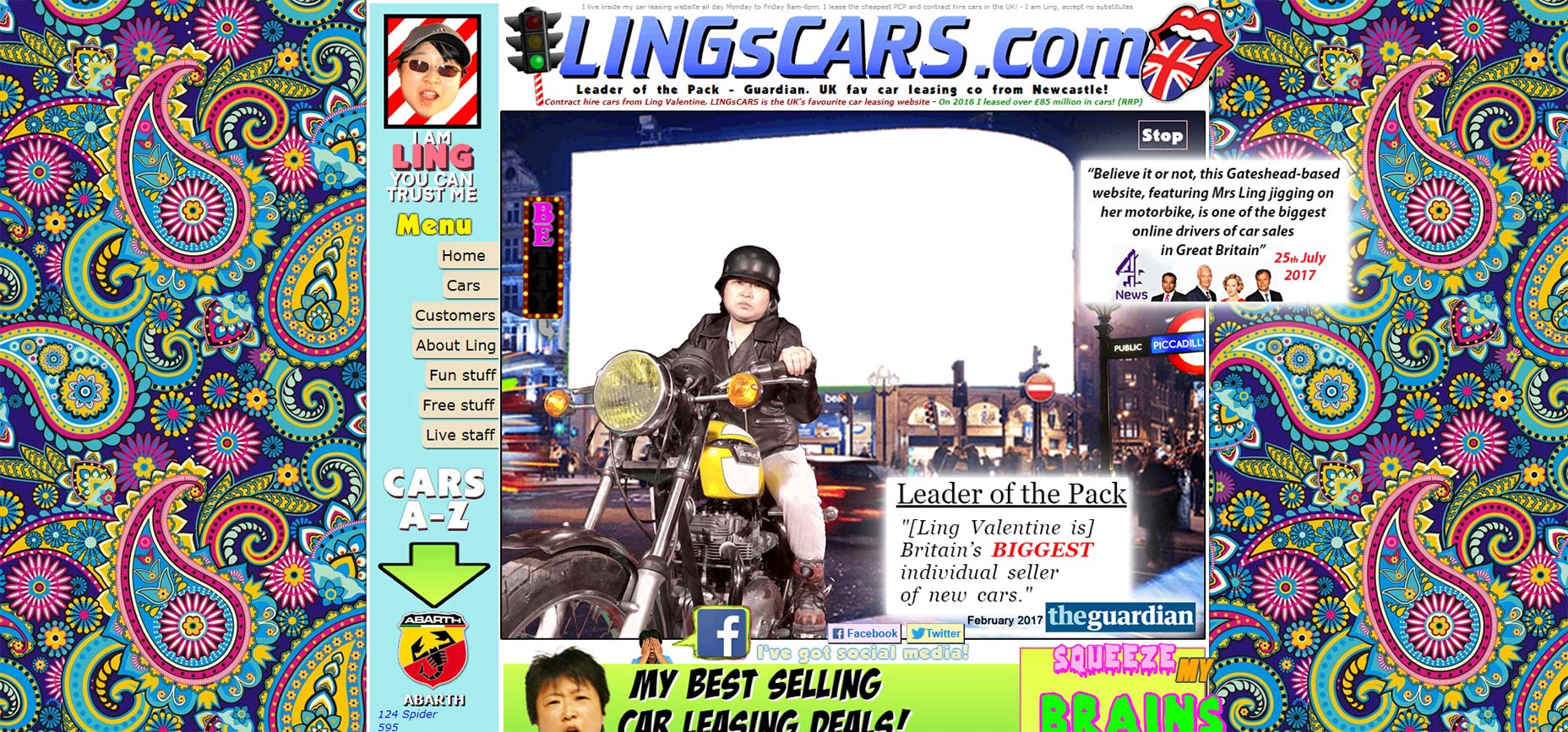 Lingscars was hailed as the biggest individual seller of cars, selling £85 million in 2016.
These designs are terrible, what gives?
These websites are successful in spite of their terrible design, not because of it. They’re the exception, not the rule.
Craigslist and Drudge Report are layovers from 20 years ago.
These sites built an audience around their design. They chose to leave things as they were and their audience stayed with them. Lingscars.com uses her terrible website as a prop. It’s intentional but it’s also unsustainable.
How do I know?
Look at Ling’s website when she started. Her first website is actually an improvement on what she has now.
The ugly websites I’ve mentioned (and the ones I haven’t) use tangible and intangible presentation factors to attract users, customers and sales. Ling’s publicity stunts work in automotive sales. Would they work in the high fashion, cosmetics or tech industries?
Not a chance.
Because the user expectations, the intangible aspects present in their industry, won’t allow it.
Lingscars was hailed as the biggest individual seller of cars, selling £85 million in 2016.
These designs are terrible, what gives?
These websites are successful in spite of their terrible design, not because of it. They’re the exception, not the rule.
Craigslist and Drudge Report are layovers from 20 years ago.
These sites built an audience around their design. They chose to leave things as they were and their audience stayed with them. Lingscars.com uses her terrible website as a prop. It’s intentional but it’s also unsustainable.
How do I know?
Look at Ling’s website when she started. Her first website is actually an improvement on what she has now.
The ugly websites I’ve mentioned (and the ones I haven’t) use tangible and intangible presentation factors to attract users, customers and sales. Ling’s publicity stunts work in automotive sales. Would they work in the high fashion, cosmetics or tech industries?
Not a chance.
Because the user expectations, the intangible aspects present in their industry, won’t allow it.
When it Comes to Design, Beauty is the Default
Beauty is a subset of design. But design is focused around purpose, on planning. That purpose is determined by the tangible and intangible presentation factors around you. [pullquote]Beauty is a subset of design[/pullquote] In the right industry, an ugly and difficult design can work. But ugly and difficult work in spite of the poor design, not because of it. Because great designs consistently outperform bad ones.What makes a design successful?
- It has a purpose and a plan
- It’s crafted around and serves your users
- It aligns with tangible /intangible presentation factors
- It’s iterative, continuing to evolve around users
- It isn’t a cute, clever or trendy art piece
Your Designs Should be Purposeful and Clear
Ugly and difficult isn’t best. You don’t have to be blindsided by the lie. Marketers may not understand why good design matters, but you do. It’s up to you to show them. This irritating deception gets lobbed at designers repeatedly and most of the time, designers are completely unprepared. You’re ready. You understand the tangible and intangible elements of design. Share it with your team. Give them the education and resources they need to combat the lie and you’ll find it stops mattering.Andrew McDermott
Andrew McDermott is the co-founder of HooktoWin.com. Want an unlimited supply of free leads for your freelance business? Download your copy of The Dragnet Method.
Read Next
3 Essential Design Trends, November 2024
Touchable texture, distinct grids, and two-column designs are some of the most trending website design elements of…
20 Best New Websites, October 2024
Something we’re seeing more and more of is the ‘customizable’ site. Most often, this means a button to swap between…
Exciting New Tools for Designers, October 2024
We’ve got goodies for designers, developers, SEO-ers, content managers, and those of you who wear multiple hats. And,…
15 Best New Fonts, September 2024
Welcome to our roundup of the best new fonts we’ve found on the web in the previous four weeks. In this month’s edition…
By Simon Sterne
3 Essential Design Trends, October 2024
This article is brought to you by Constantino, a renowned company offering premium and affordable website design
You…
A Beginner’s Guide to Using BlueSky for Business Success
In today’s fast-paced digital world, businesses are always on the lookout for new ways to connect with their audience.…
By Louise North
The Importance of Title Tags: Tips and Tricks to Optimize for SEO
When it comes to on-page SEO, there’s one element that plays a pivotal role in both search engine rankings and user…
By Simon Sterne
20 Best New Websites, September 2024
We have a mixed bag for you with both minimalist and maximalist designs, and single pagers alongside much bigger, but…
Exciting New Tools for Designers, September 2024
This time around we are aiming to simplify life, with some light and fast analytics, an all-in-one productivity…
3 Essential Design Trends, September 2024
September's web design trends have a fun, fall feeling ... and we love it. See what's trending in website design this…
Crafting Personalized Experiences with AI
Picture this: You open Netflix, and it’s like the platform just knows what you’re in the mood for. Or maybe you’re…
By Simon Sterne
15 Best New Fonts, August 2024
Welcome to August’s roundup of the best fonts we’ve found over the last few weeks. 2024’s trend for flowing curves and…
By Ben Moss















